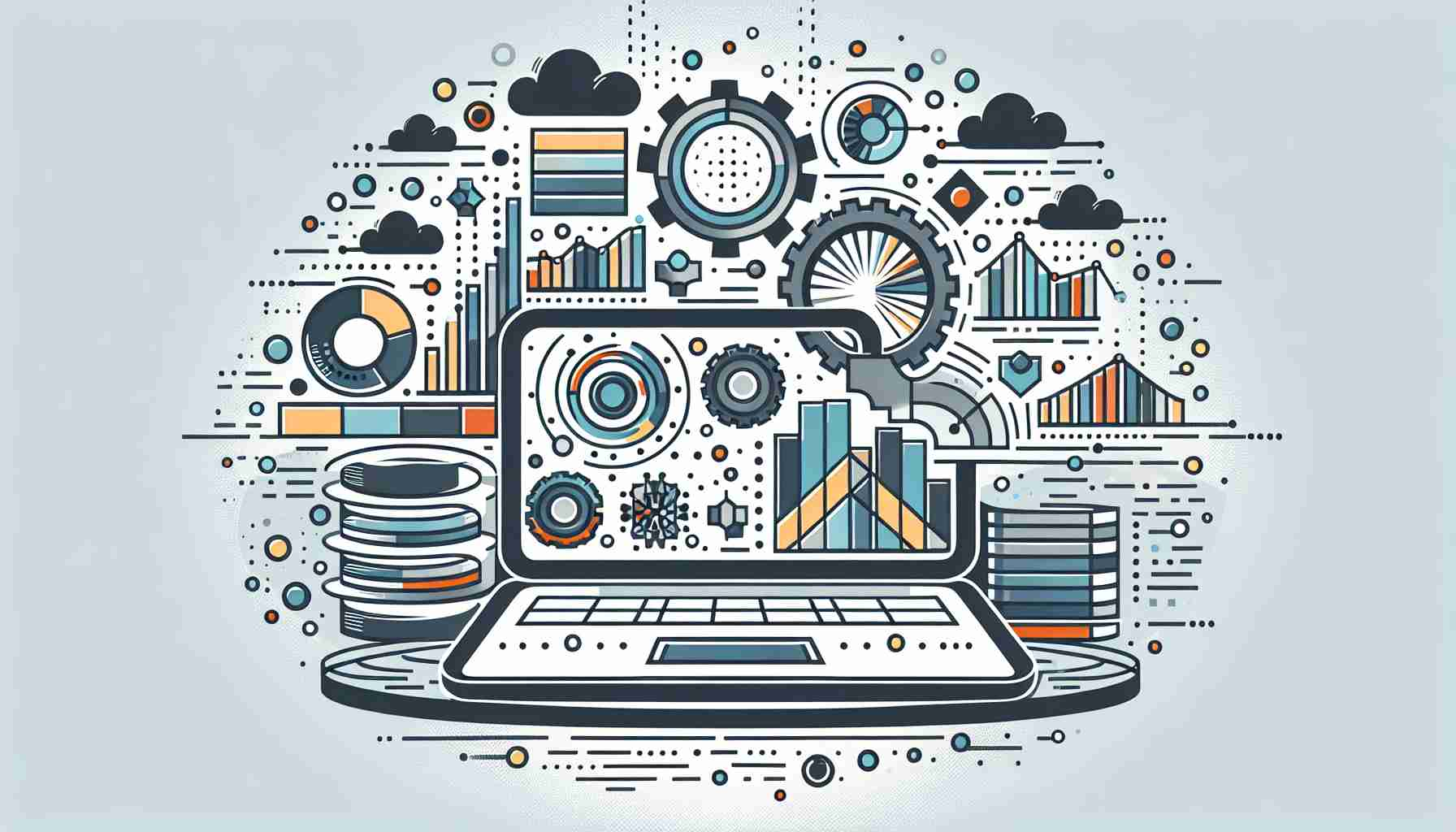Data Standardization in Data Analysis

Data Standardization Briefly Summarized
- Data standardization is the process of converting data into a consistent and standard format.
- It enhances data compatibility across different systems, facilitating interoperability and ease of use.
- Standardization is crucial for machine learning models as it enables them to interpret and process data uniformly.
- The process often involves rescaling data to have a mean of 0 and a standard deviation of 1, among other techniques.
- By standardizing data, organizations can ensure higher data quality and more reliable analytics outcomes.
Data standardization is a fundamental aspect of data analysis that ensures the uniformity and comparability of data across various sources and systems. In this comprehensive guide, we will delve into the intricacies of data standardization, its importance, methodologies, and best practices, as well as address frequently asked questions on the topic.
Introduction to Data Standardization
Data standardization is a critical step in the data preprocessing phase, where diverse data sets are transformed into a common format. This process allows for more accurate comparisons and analyses, as it eliminates the inconsistencies and discrepancies that can arise from various data collection methods, formats, and sources.
Standardization is not just about formatting; it's about ensuring that data is consistent and comparable, which is essential for any analytical process. It is a process that can significantly impact the outcomes of data analysis, machine learning algorithms, and ultimately, business decisions.
Why Data Standardization Matters
In the realm of data analysis, standardization serves multiple purposes:
- Compatibility and Interoperability: When data from different sources is standardized, it can be easily merged or compared, facilitating seamless integration and analysis.
- Improved Data Quality: Standardized data is cleaner, more organized, and typically contains fewer errors, which leads to more reliable insights.
- Efficiency in Analysis: Analysts spend less time cleaning and preparing data and more time on actual analysis, thus increasing productivity.
- Enhanced Machine Learning Model Performance: Machine learning algorithms require data to be in a standardized format to perform optimally. Non-standardized data can lead to biased or inaccurate model predictions.
The Process of Data Standardization
The process of data standardization involves several key steps:
- Data Cleaning: Removing duplicates, correcting errors, and dealing with missing values.
- Data Transformation: Converting data into a standard format, which may include normalization or standardization of numerical values.
- Data Integration: Combining data from different sources into a single, coherent dataset.
- Data Formatting: Ensuring that all data follows a consistent format, such as date formats, capitalization, and unit measurements.
Techniques for Data Standardization
There are various techniques used to standardize data, including:
- Z-score Standardization: Rescaling data to have a mean of 0 and a standard deviation of 1.
- Min-Max Scaling: Rescaling data so that it fits within a specific range, typically 0 to 1.
- Decimal Scaling: Moving the decimal point of values to standardize the range of data.
- Unit Vector Transformation: Scaling data by dividing by the magnitude to transform it into a unit vector.
Best Practices for Data Standardization
To effectively standardize data, consider the following best practices:
- Understand the Data: Before standardizing, it's crucial to understand the nature of the data, its distribution, and its intended use.
- Choose the Right Technique: Depending on the data and the analysis goals, select the most appropriate standardization method.
- Maintain Consistency: Apply the same standardization process across all data sets to ensure comparability.
- Document the Process: Keep a record of the standardization techniques and parameters used for future reference and reproducibility.
Conclusion

Data standardization is an indispensable part of data analysis that ensures data is accurate, consistent, and ready for insightful analysis. By implementing standardization practices, organizations can unlock the full potential of their data, leading to better decision-making and competitive advantage.
FAQs on Data Standardization
Q: What is data standardization? A: Data standardization is the process of converting data from various sources into a uniform format to ensure consistency and comparability.
Q: Why is data standardization important? A: It is important because it enhances data quality, compatibility, and efficiency in analysis, and is essential for the performance of machine learning models.
Q: When should data be standardized? A: Data should be standardized during the preprocessing phase before any analysis or modeling takes place.
Q: How does data standardization differ from normalization? A: Standardization rescales data to have a mean of 0 and a standard deviation of 1, while normalization rescales data to fit within a specific range, such as 0 to 1.
Q: Can data standardization be automated? A: Yes, many aspects of data standardization can be automated using software tools and algorithms, but human oversight is often necessary to ensure accuracy and appropriateness.
Sources
- Standardization
- Data Standardization: How It's Done & Why It's Important | Simplilearn
- When and Why to Standardize Your Data | Built In
- Standardize Data: Why It Matters & How to Do It Effectively! - Atlan
- Normalization vs Standardization — Quantitative analysis
- Data Transformation: Standardization vs Normalization - KDnuggets
- What is Data Standardization? - Reltio
- Feature Scaling: Engineering, Normalization, and Standardization ...
- Data Standardization - an overview | ScienceDirect Topics
- Data Standardization: How It's Done & Why It's Important - Egnyte